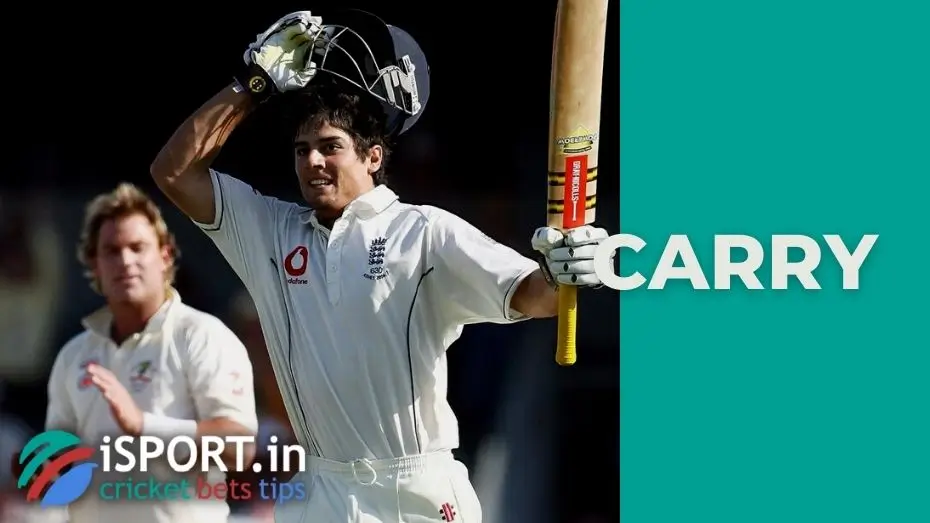Carry

The term carry refers to basic activities in professional cricket. Carry means that the batsman has finished his role in the match (lost) and needs to be replaced. This concept refers to the batsman and the term carry needs to be clarified.
Carry – what does it mean?
The term carry in cricket has two meanings. Firstly, it is the name given to the batsman’s kick. To explain: when a batsman hits the ball, and it does not touch the ground but falls into the hands of an outfield player, then this hit is called carry. If an outfield player takes the ball after bouncing off the ground, it is not a carry hit. In modern cricket, video replays are sometimes required to determine whether the ball was in the hand right away or whether it bounced a few inches before reaching a fielder.
In the second meaning, this word denotes the distance at which the wicket-keeper should be. It is used when a batsman fails to hit, and the ball falls into the hands of the wicket-keeper. He must be positioned at a suitable distance behind the stumps to do this. In matches, the captain of the team chooses the place where the wicket-keeper should be stand, and he, in turn, selects this distance based on the quality of the pitch, the bowler’s serving height and other factors.

